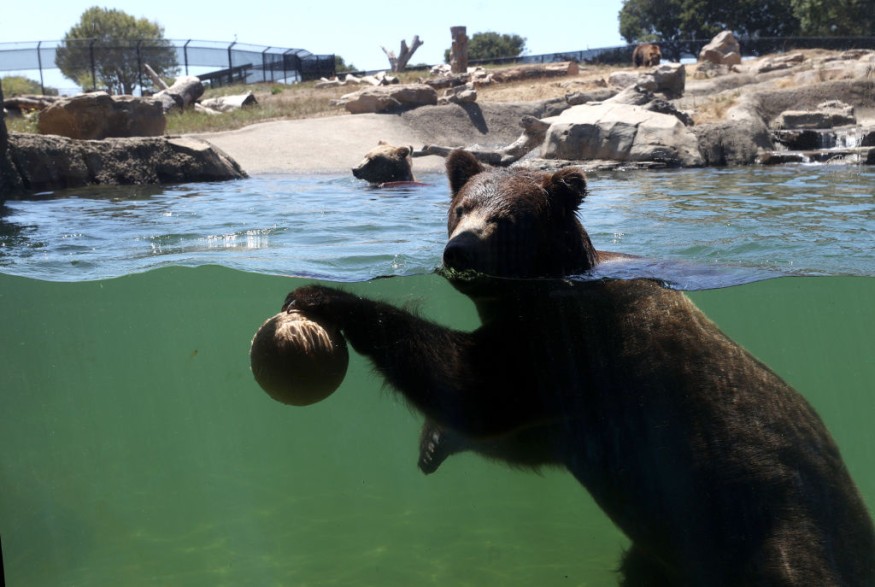
In the National Parks Service, the idea of introducing grizzly bears to the North Cascades of Washington in partnership with the US Fish & Wildlife Service has been decided.
Key Element Of Ecosystem
Authorities said that this area was considered to be a place where the animals once roamed. They noted that this bear used to occupy the North Cascades region for thousands of years as a vital part of the ecosystem.
They usually distribute native plant seeds and keep other wildlife populations in balance. However, populations were observed to have declined primarily because of the direct killing by humans.
Meanwhile, based on official records, the last confirmed sighting of a grizzly bear in the US part of the North Cascades ecosystem was in 1996.
Concerned agencies have decided to restore grizzly bears to the North Cascades ecosystem through the translocation of grizzly bears from other ecosystems that are situated in the Rocky Mountains or interior British Columbia.
The decision was the culmination of an Environmental Impact Statement process that started in 2022.
Agencies will seek to move three to seven grizzly bears per year for a period of five to 10 years and the goal is to establish a population of 25 bears.
So far, the US portion of the North Cascades ecosystem is roughly 9,800 square miles in size and it is considered to be larger than the state of New Jersey.
Experts said that the area contains some of the most intact wildlands in the contiguous US and around 85% of the mountainous region has been placed under federal management.
According to Don Striker, superintendent of North Cascades National Park Service, the public is going to once again see grizzly bears on the landscape, with the aim to restore an important thread in the fabric of the North Cascades.
Reports said that there is no set timeline for when the translocation of grizzly bears to the ecosystem could begin.
The National Park Service said that it would publish updates on the park website and notify their partners and the public regarding the implementation plans as they develop in the coming days, weeks, and months.
Massive Mammal
The grizzly bear is a massive animal that has humped shoulders and an elevated forehead that contributes to a somewhat concave profile.
Experts said that the fur is brownish to buff, and the hairs are usually silver- or pale-tipped, giving the grizzled effect for which the bear is named. The term grizzly bear, however, is often applied informally to brown bears of North America regardless of subspecies.
Large adult grizzlies may be about 2.5 metres or 8 feet long and weigh about 410 kg or 900 pounds.
Due to their bulk and their long straight claws, grizzly bears rarely climb trees.
Related Article : Grizzly Bear Stalks Man for Days, Until He Was Rescued by Coast Guard After Spotting SOS Sign
© 2025 NatureWorldNews.com All rights reserved. Do not reproduce without permission.





